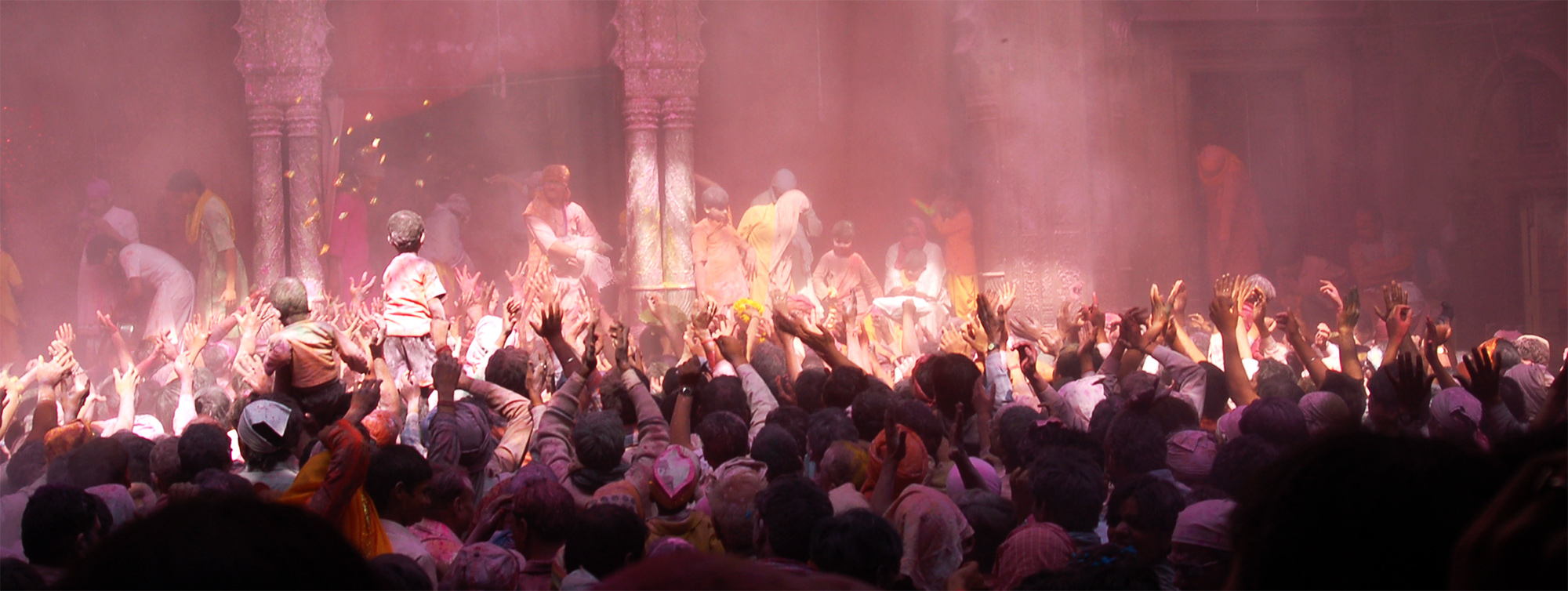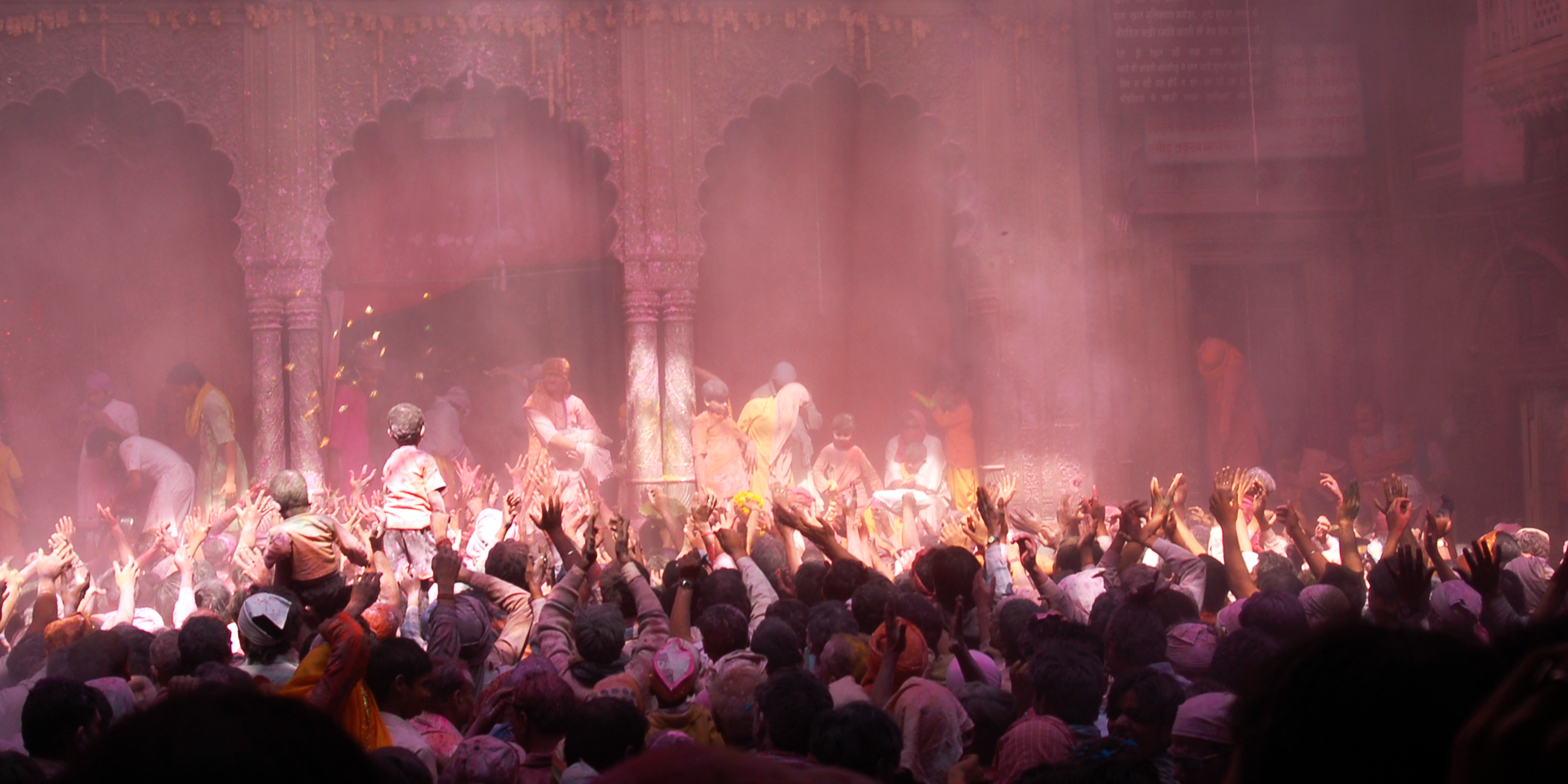Geoaesthetics in the Little Ice Age: Sensorium, Sacrament, and Artistic Cultures in Braj, India ca. 1550-1850
Sugata Ray
History of Art
UC Berkeley
The book takes as its central theme the interrelationship between matter and (nonhuman and human) life in shaping art, theology, and religious aesthetics in Braj. According to scriptures, Braj is the site where the Hindu god Krishna lives. Consequently, each stone, river, and tree in the pilgrimage center is considered effervescent with energy. This place-oriented theology based on venerating the environment found articulation only after the commencement of the Little Ice Age (1550–1850), a climatic epoch marked by intense droughts across the world. A focus on the intersections among aesthetics, political governance, and natural resource management then allows the book to move from early modern art and architecture to an expanded arena of transterritorial fields linked through global droughts. Drawing on postcolonial ecocriticism, new materialism, and posthumanism, the book reads early modern architecture, paintings, and prints produced in Braj alongside theological treatises, philosophy, and devotional poetry to examine seepages between natural ecosystems and imaginative practices emerging from artistic, literary, and religious configurations. This focus makes Geoaesthetics the first monograph to reconcile environmental humanities and South Asia’s art history. Significantly, this is also the first booklength art historical study on one of India’s most important pilgrimage sites.


